Find the Best Cycling Cadence to Boost Your Riding Efficiency
When you go cycling, you often hear the term "cadence." When you look at the Tour de France, you will notice that cadence varies between professional riders. Even on flat roads and mountain bikes, their cadences are different. What exactly is cadence?
What is Cadence
Cadence in cycling means how many times your pedals turn in a minute. It's a key part of cycling that affects how fast and efficiently you ride. When cyclists talk about cadence, they mean finding the best speed to pedal without getting tired too quickly. Most pro cyclists aim for a cadence between 80 and 100 RPM. This range helps them ride long distances without getting too tired.
You train yourself to increase your cadence by riding in groups every day. But if you're still using a traditional cycling helmet, you're missing out. Smart helmets,BH60SE NEO, can give you a better riding experience, especially in group rides where staying connected is crucial.

How to Calculate Cadence
Calculating your cadence is easy. Find a flat, straight road where you can keep a steady speed. Start pedaling at a comfortable pace. Use a stopwatch to set a timer for 60 seconds. Count each time your right or left foot completes a full turn. The number you get at the end of the minute is your cadence in RPM. For more accurate measurements, you can use a bike computer or a cadence sensor. These devices show your pedaling rate in real time and help you keep track of your cadence more precisely during your rides.
Why is Cadence Important?
A good cadence helps you pedal more smoothly and save energy, which means you can ride longer without getting tired. It also improves your performance, especially in races, by allowing you to pedal faster and more efficiently. Proper cadence spreads the effort evenly across your muscles, reducing the risk of injury. When you find the right cadence, you can ride faster and farther while feeling less tired.
What is the Appropriate Cadence?
The best cadence depends on the type of cycling you do and your fitness level. Recreational cyclists usually aim for a cadence of 60-80 RPM, which provides a relaxed pace perfect for casual rides. Endurance cyclists, who focus on long-distance rides, often aim for 70-90 RPM. This range helps maintain a steady pace over extended periods, balancing speed and stamina.
Competitive cyclists typically pedal at 90-100+ RPM, ideal for racing and quick accelerations. Each cyclist needs to find the cadence that feels most natural and sustainable. Factors like terrain, bike setup, and personal fitness will affect your optimal cadence.

How to Increase Cadence
Increasing your cadence can enhance your cycling performance, but it requires practice and training. Start by incorporating specific cadence drills into your training routine.
Practice riding at a higher cadence for short intervals, gradually increasing the duration as you become more comfortable. Use lower gears to make pedaling easier, allowing you to increase your RPM without exerting excessive force.
Focus on maintaining a smooth, circular pedaling motion, avoiding the tendency to mash the pedals, which can lead to inefficiency and fatigue. Regular cycling at your target cadence will help your muscles adapt and improve your overall efficiency.
Additionally, cross-training activities such as running or swimming can strengthen your cardiovascular system and leg muscles, further enhancing your ability to sustain higher cadences. By incorporating these strategies into your training, you can gradually increase your cadence and improve your cycling performance.

Cadence Drills
Cadence drills are essential for improving your pedaling efficiency and increasing your cadence. High cadence intervals are a popular drill, where you dedicate specific periods during your rides to pedaling at a higher cadence than usual.
Start with short bursts of 30 seconds to one minute, gradually increasing the duration as your comfort level improves. This approach helps your muscles and cardiovascular system adapt to the demands of faster pedaling. Spinning classes can also be beneficial, as they emphasize high cadence and provide a structured environment for pushing your limits.
These sessions are designed to improve your ability to maintain higher RPMs over time. Single-leg drills are another effective technique. By pedaling with one leg at a time, you can focus on achieving a smooth, consistent motion, which helps balance your pedal stroke and enhances muscle coordination. Incorporating these drills into your regular training routine can significantly improve your cadence and overall cycling performance.

Gear Selection
Using the right gears can make a significant difference in achieving higher cadence. Shifting to a lower gear reduces the resistance, making pedaling easier and allowing you to increase your RPM without straining your muscles.
This adjustment helps you develop the habit of pedaling faster without excessive effort. Experimenting with different gear combinations during your rides can help you find the optimal setup for maintaining a higher cadence.
It's essential to balance the ease of pedaling with the ability to generate sufficient power, ensuring that you can sustain a high cadence without compromising speed or efficiency.
Smooth Pedaling
Efficient pedaling involves maintaining a smooth, circular motion throughout each revolution. Focus on applying consistent pressure around the entire pedal stroke, avoiding the tendency to mash the pedals, which can lead to uneven power distribution and fatigue.
Visualizing the pedal stroke as a clock, aim to push down from 12 to 6 and pull up from 6 to 12, ensuring a balanced and continuous motion. This technique helps distribute the workload evenly across your muscles, reducing strain and enhancing efficiency.
Practicing single-leg drills can also help improve your pedal stroke, allowing you to focus on achieving a smooth, consistent motion with each leg. By refining your pedaling technique, you can increase your cadence and ride more efficiently.

Consistent Practice
Regularly practicing at your target cadence will train your muscles to adapt and improve your overall efficiency. Set specific goals for each ride, gradually increasing the duration and intensity of your high-cadence intervals.
Consistent practice helps build muscle memory, allowing you to pedal at higher cadences more naturally and with less effort. Incorporating cadence drills and focusing on smooth pedaling techniques during your rides can further enhance your ability to maintain a higher cadence.
Over time, your muscles and cardiovascular system will become more accustomed to the demands of faster pedaling, improving your overall cycling performance and endurance. By committing to regular practice, you can achieve and sustain a higher cadence, enhancing your cycling efficiency and enjoyment.
Cross-Training
Incorporating cross-training activities such as running, swimming, or strength training into your routine can help build cardiovascular fitness and leg strength, both of which are essential for sustaining higher cadences.
Cross-training provides a break from the repetitive motion of cycling while still working the muscles and systems required for efficient pedaling. Activities such as running and swimming improve cardiovascular endurance, while strength training exercises target the specific muscle groups used in cycling.
This comprehensive approach helps enhance your overall fitness and ability to maintain a higher cadence. By including cross-training in your regular routine, you can support your cycling goals and improve your performance on the bike.
Conclusion
To increase your cadence, keep selecting training rides that push your limits. And always remember to wear a helmet while riding. Smart helmets can greatly enhance your cycling experience, and LIVALL offers the best options for safety and comfort.
FAQs
Why is cadence important for cyclists?
Cadence is important because it affects your efficiency, endurance, performance, and risk of injury. An optimal cadence allows you to pedal more efficiently, ride longer, and reduce muscle strain.
What is the ideal cadence for recreational cyclists?
Recreational cyclists typically aim for a cadence of 60-80 RPM, which provides a comfortable and relaxed pace for leisurely rides.
How can I increase my cadence?
To increase your cadence, practice cadence drills, use lower gears to make pedaling easier, focus on smooth pedaling techniques, practice consistently, and include cross-training activities in your routine to build cardiovascular fitness and leg strength.
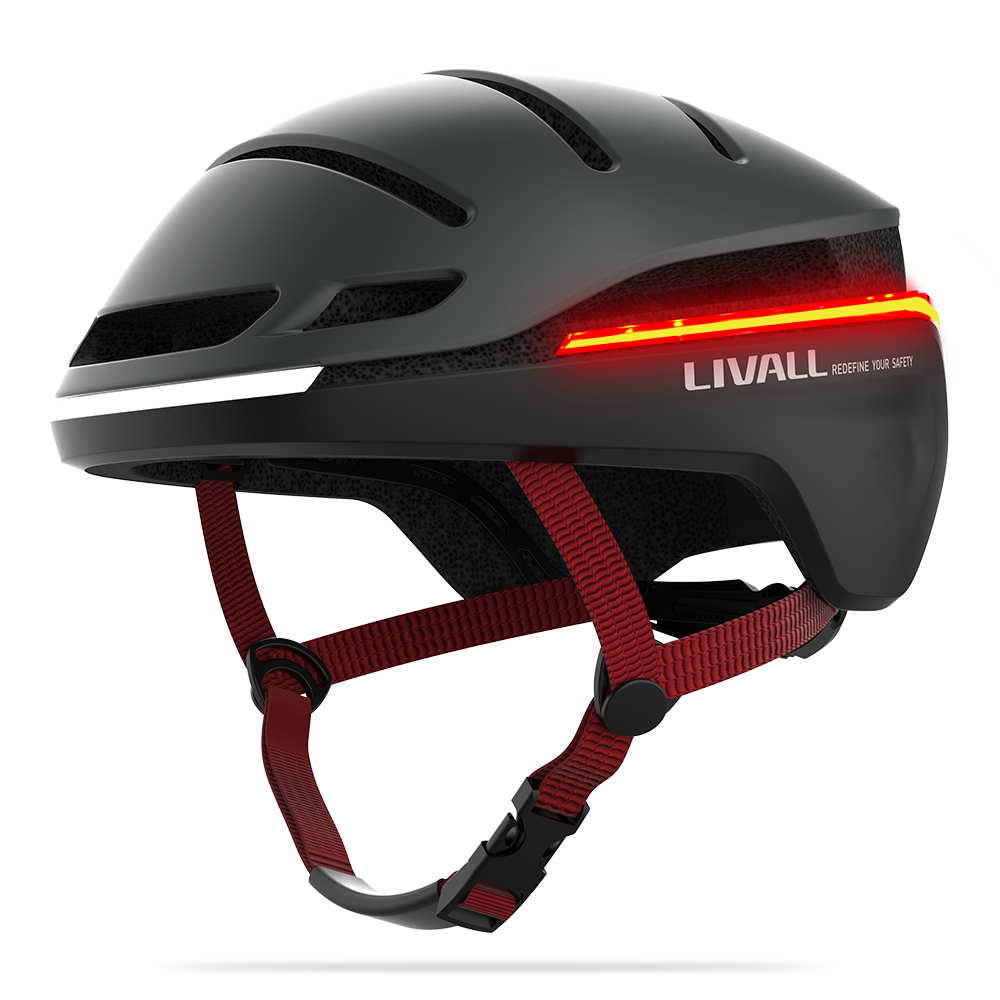
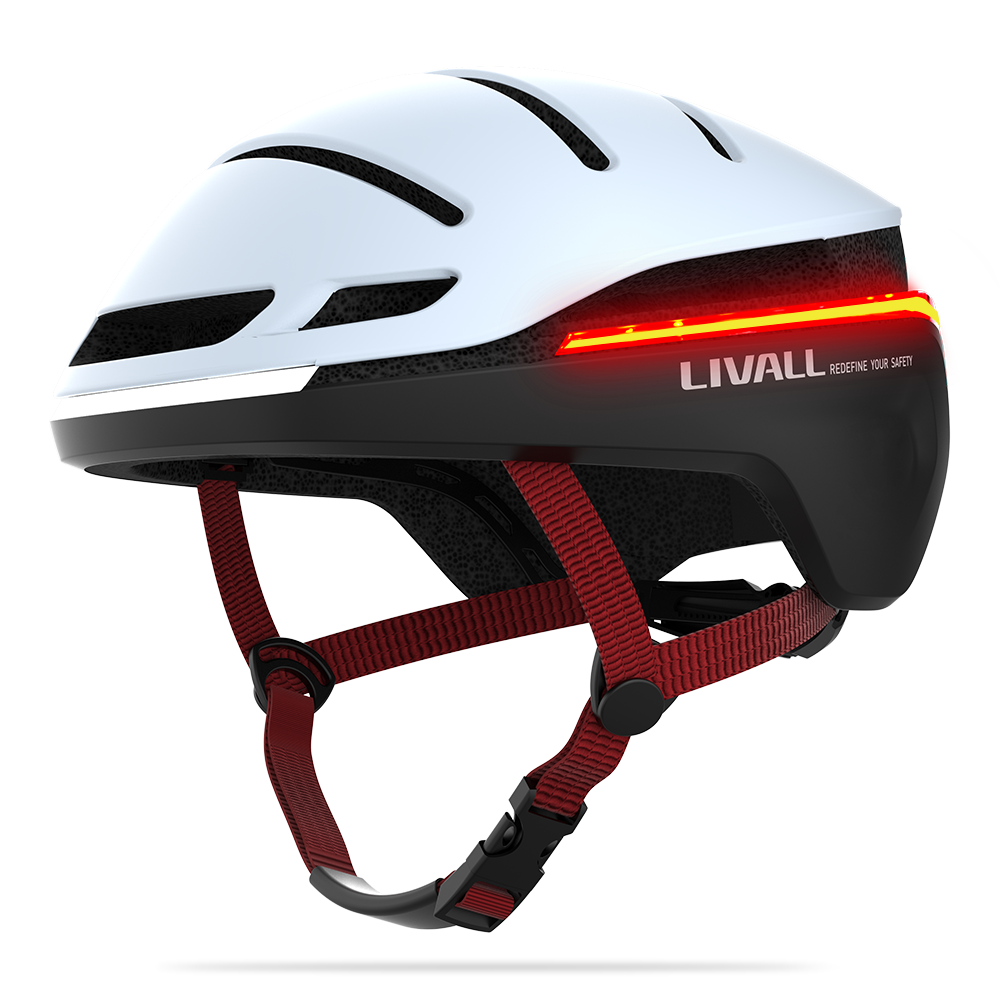
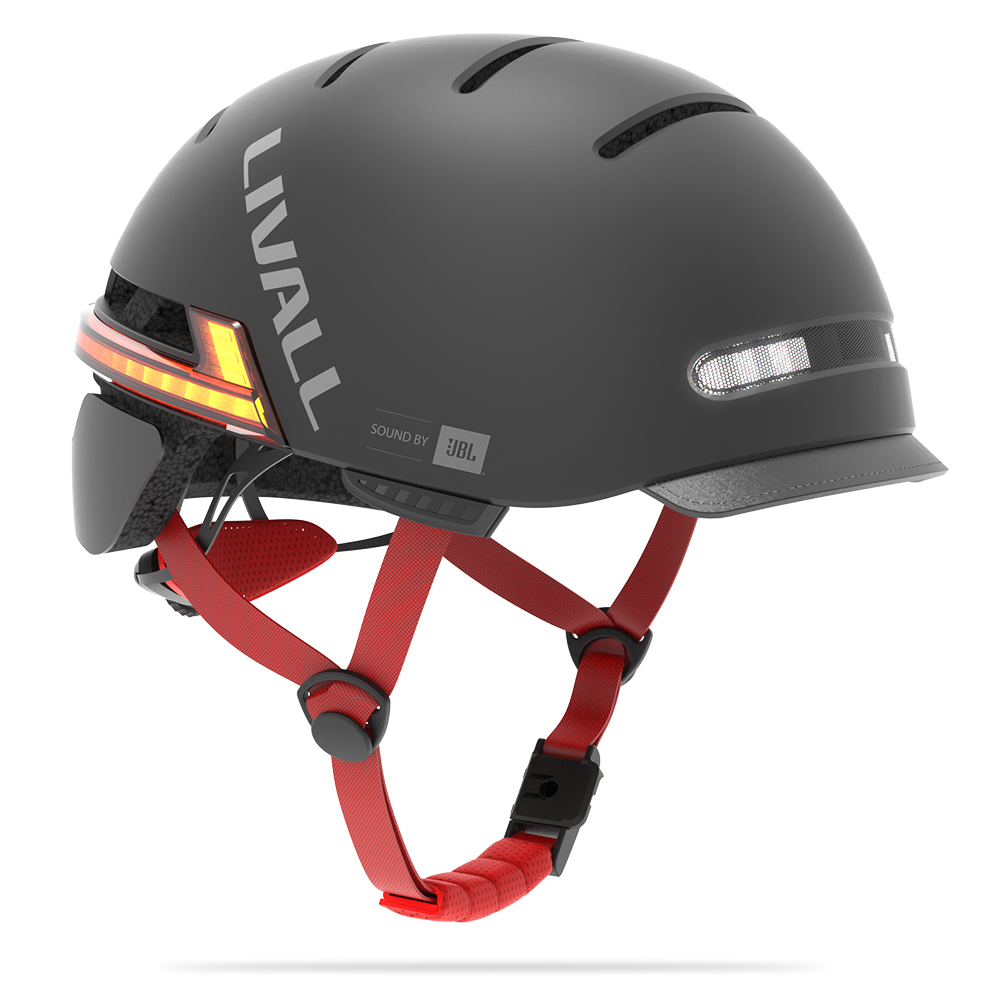
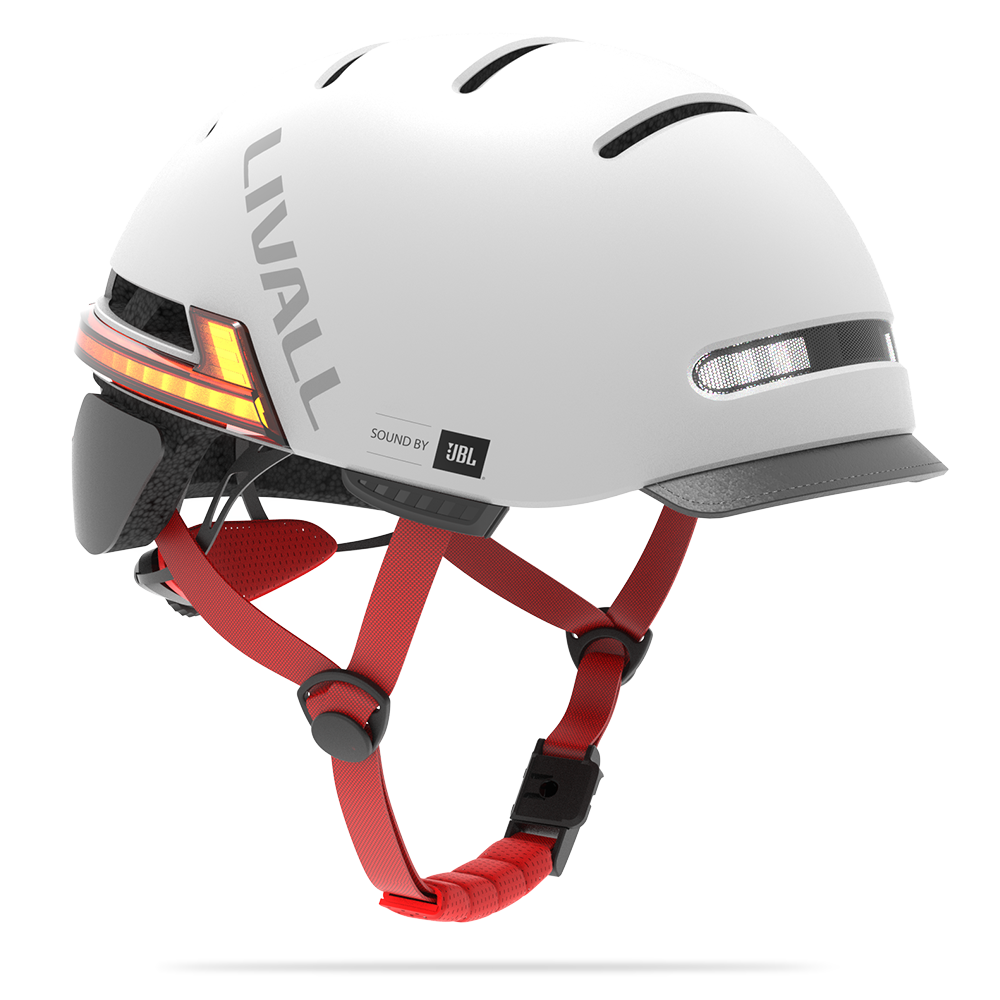

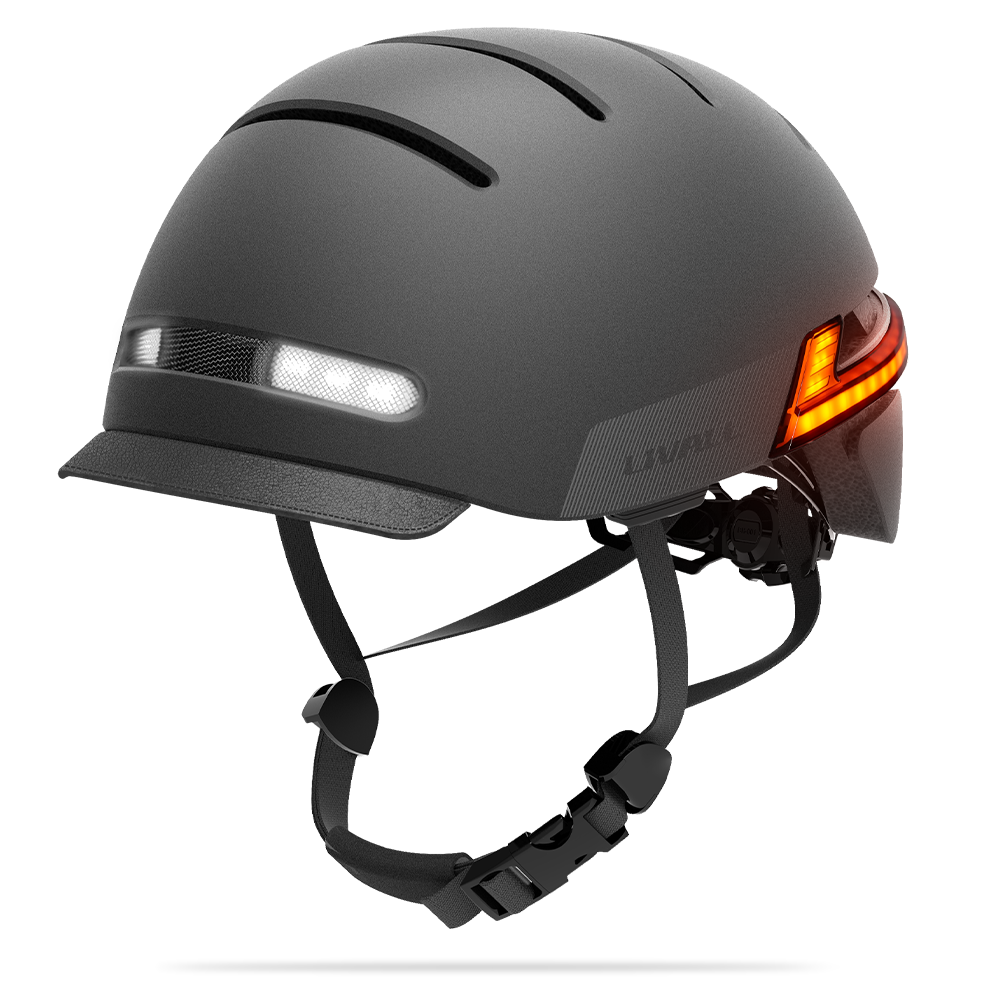
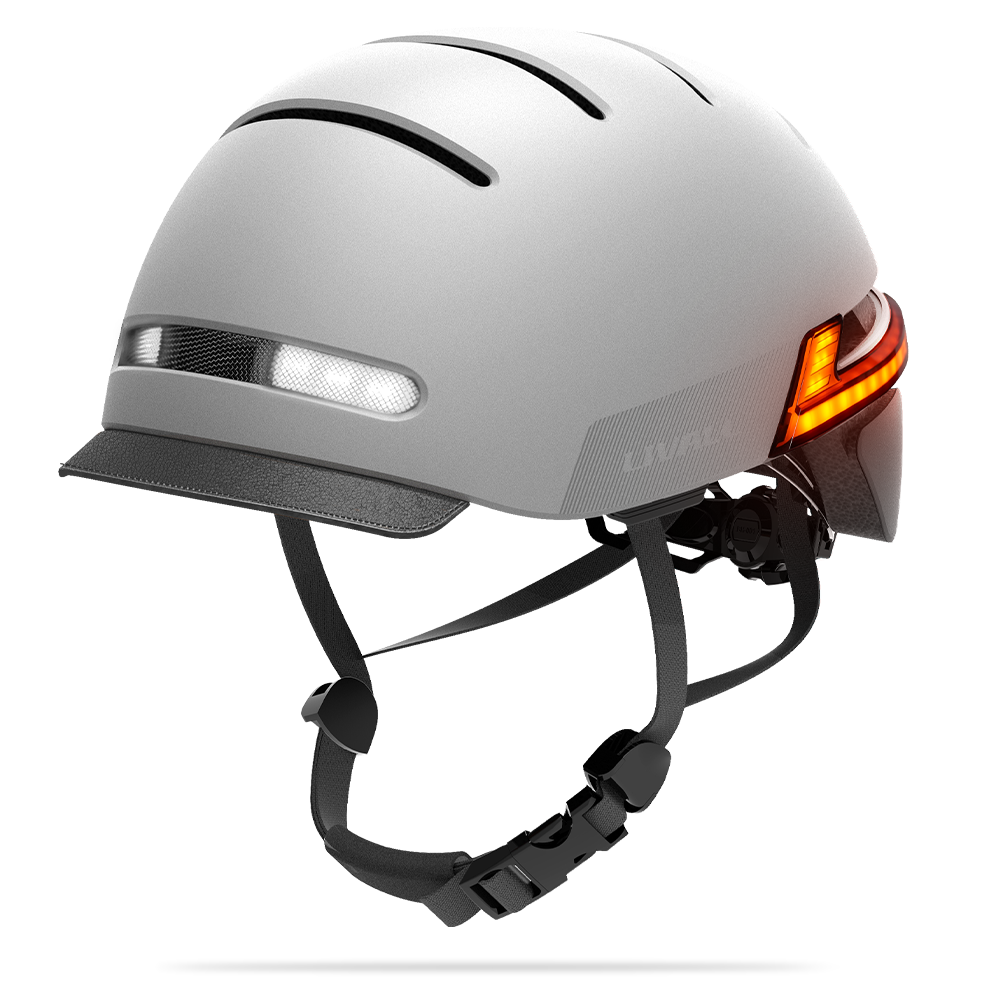
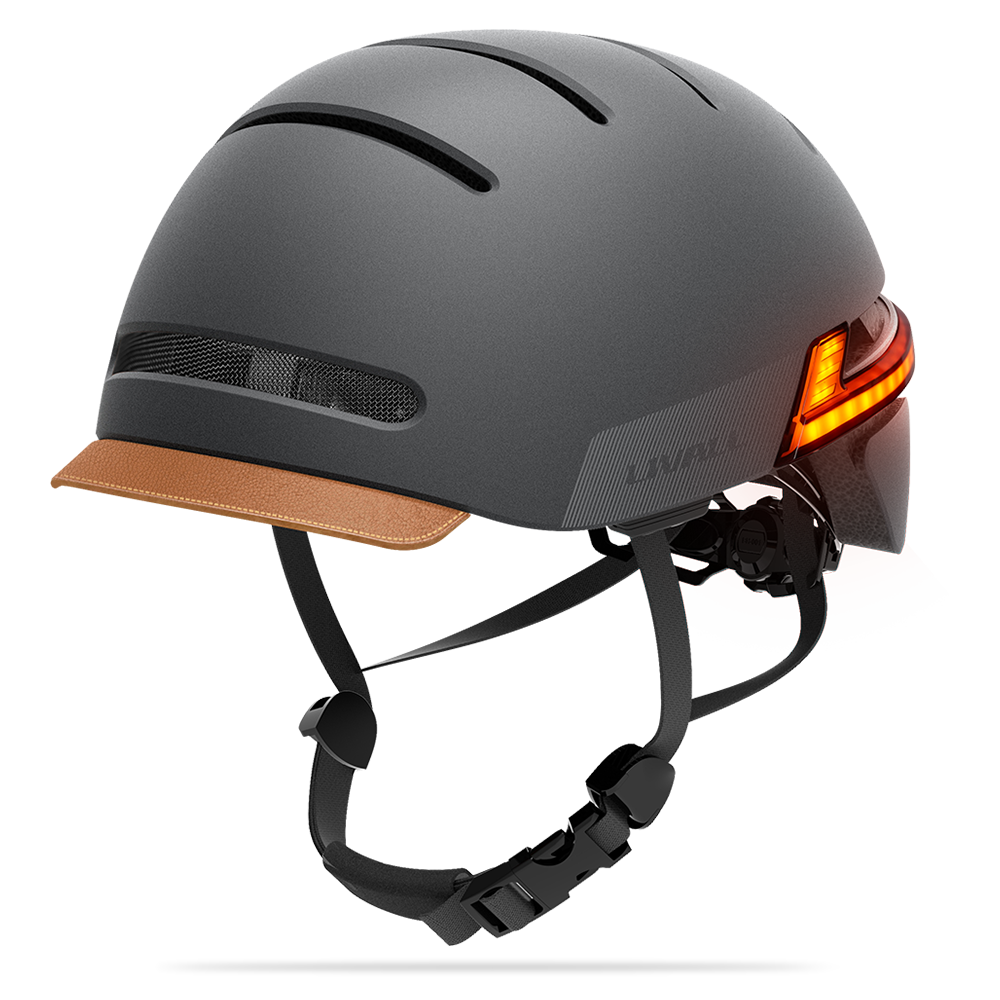

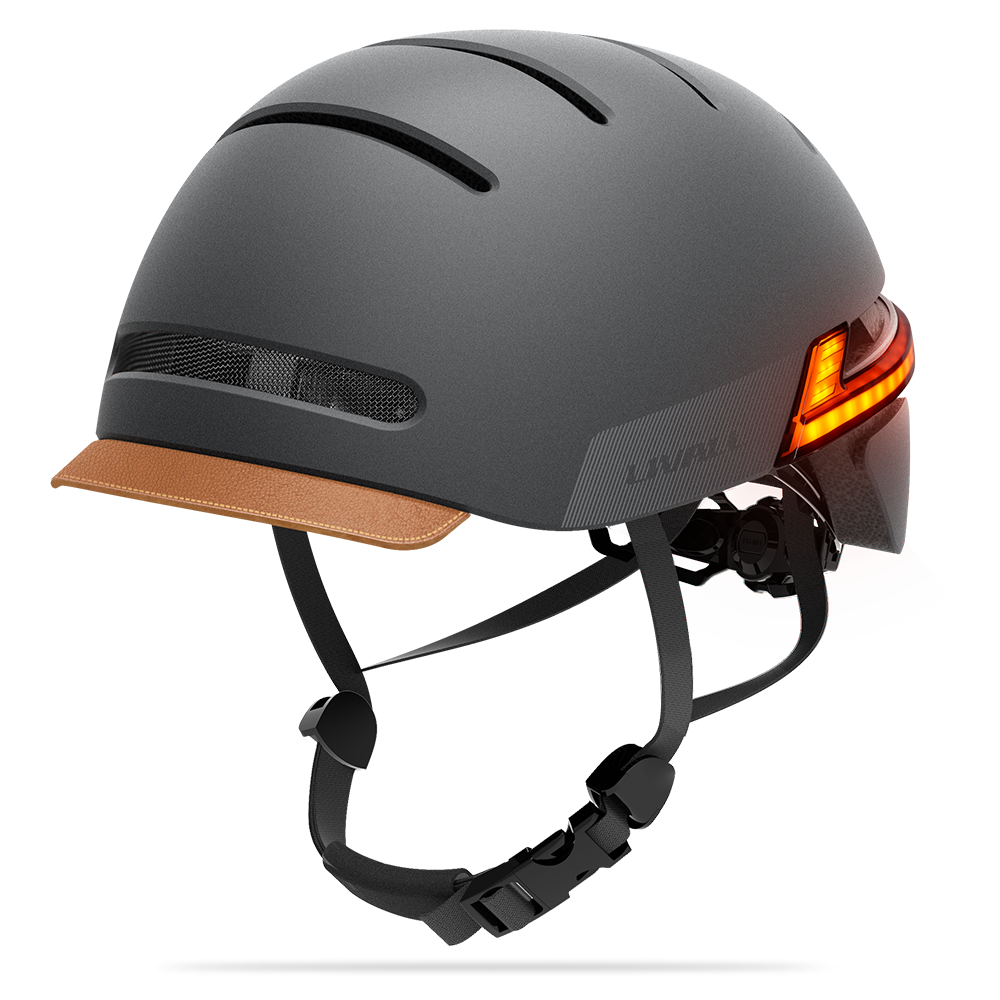
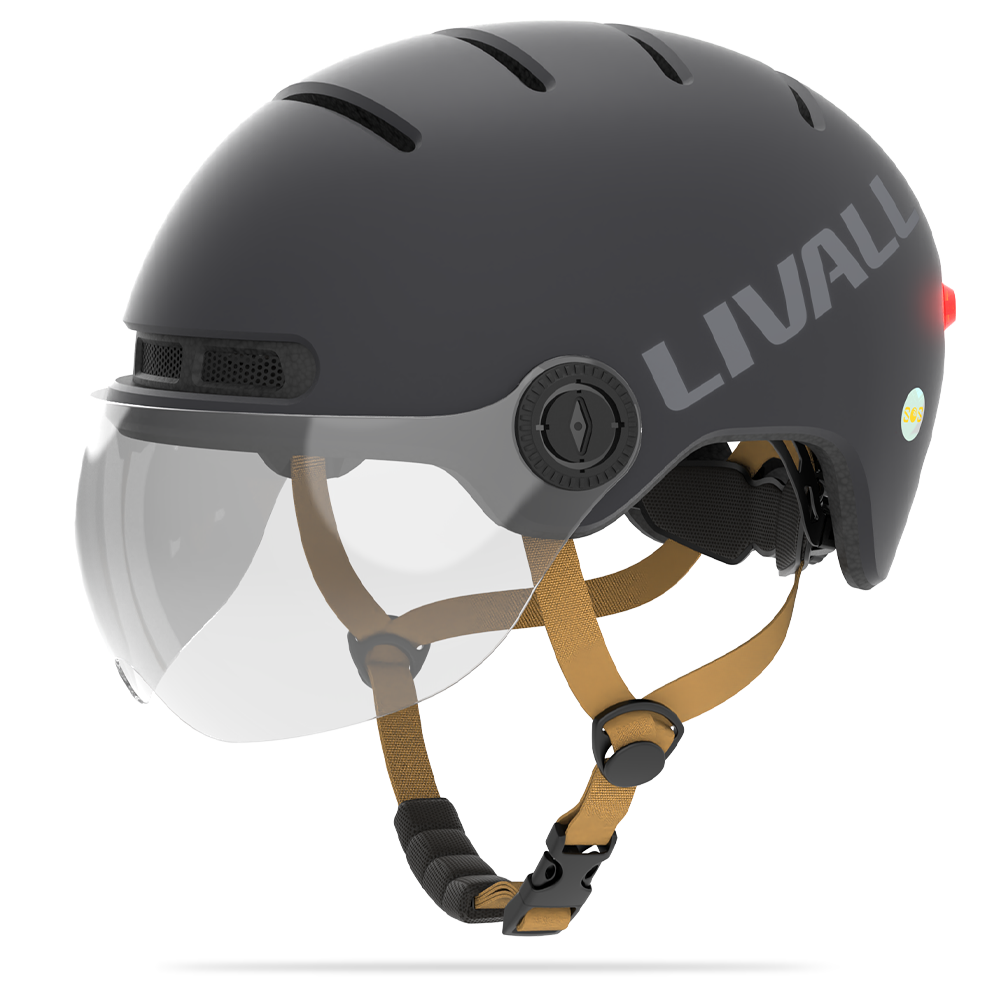
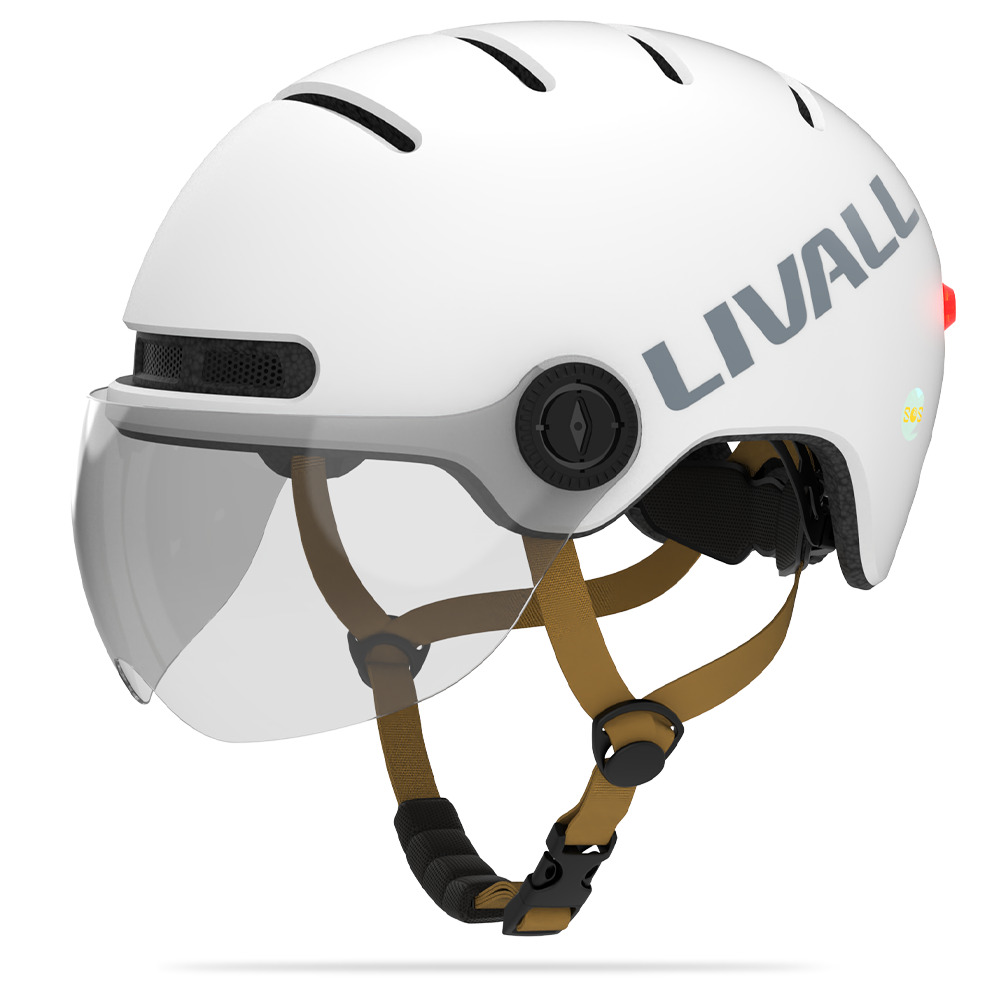
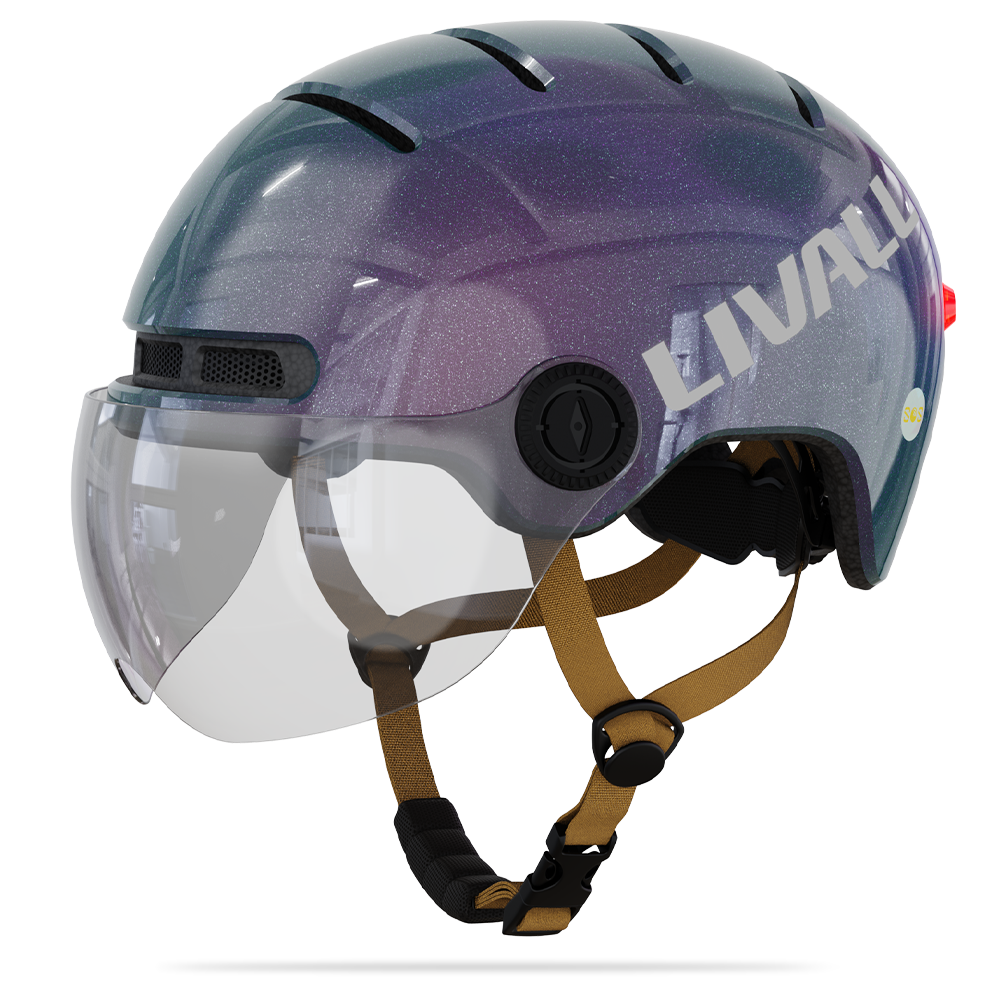
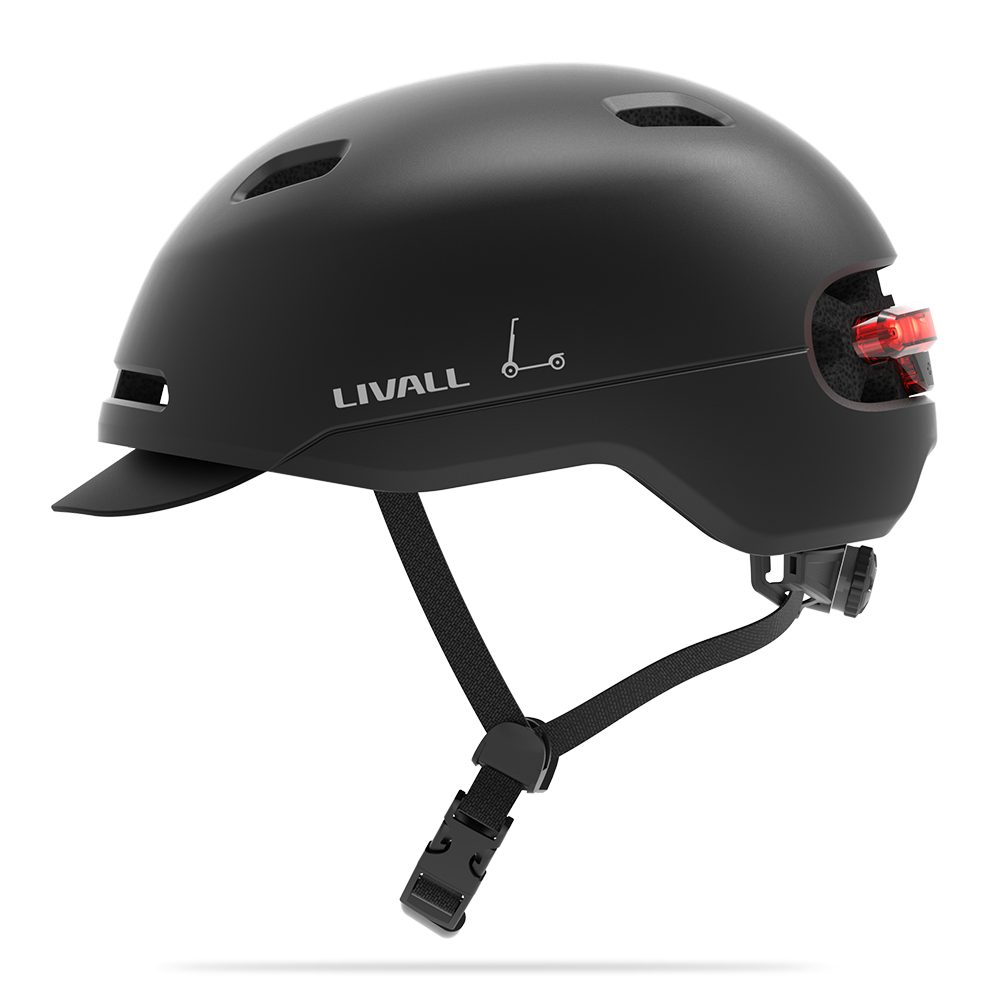
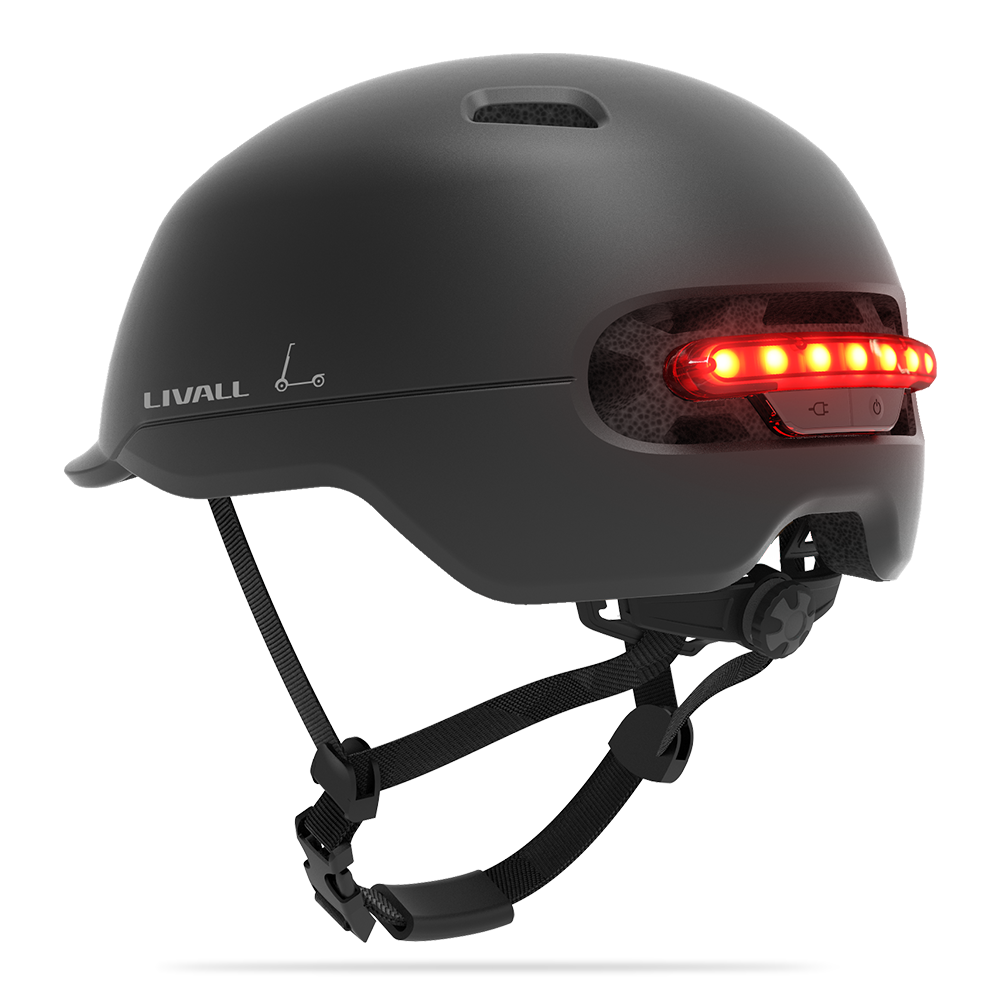
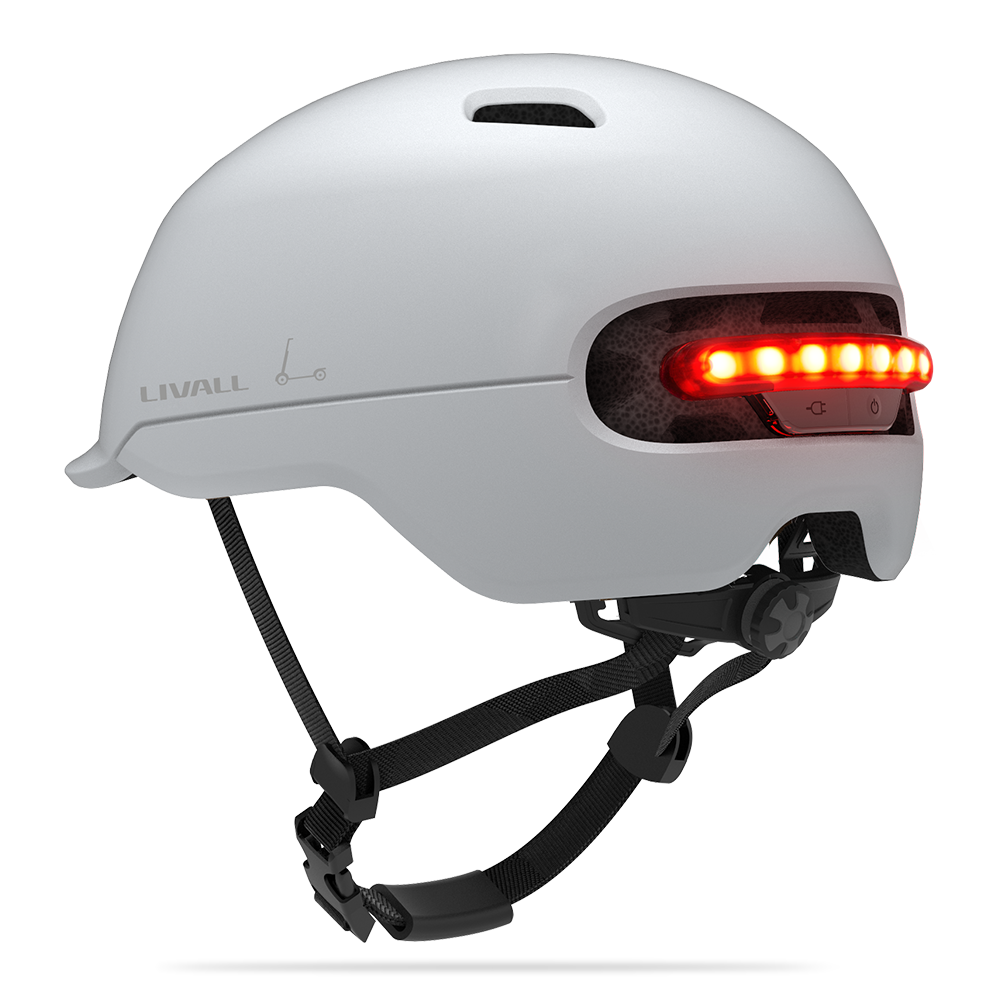
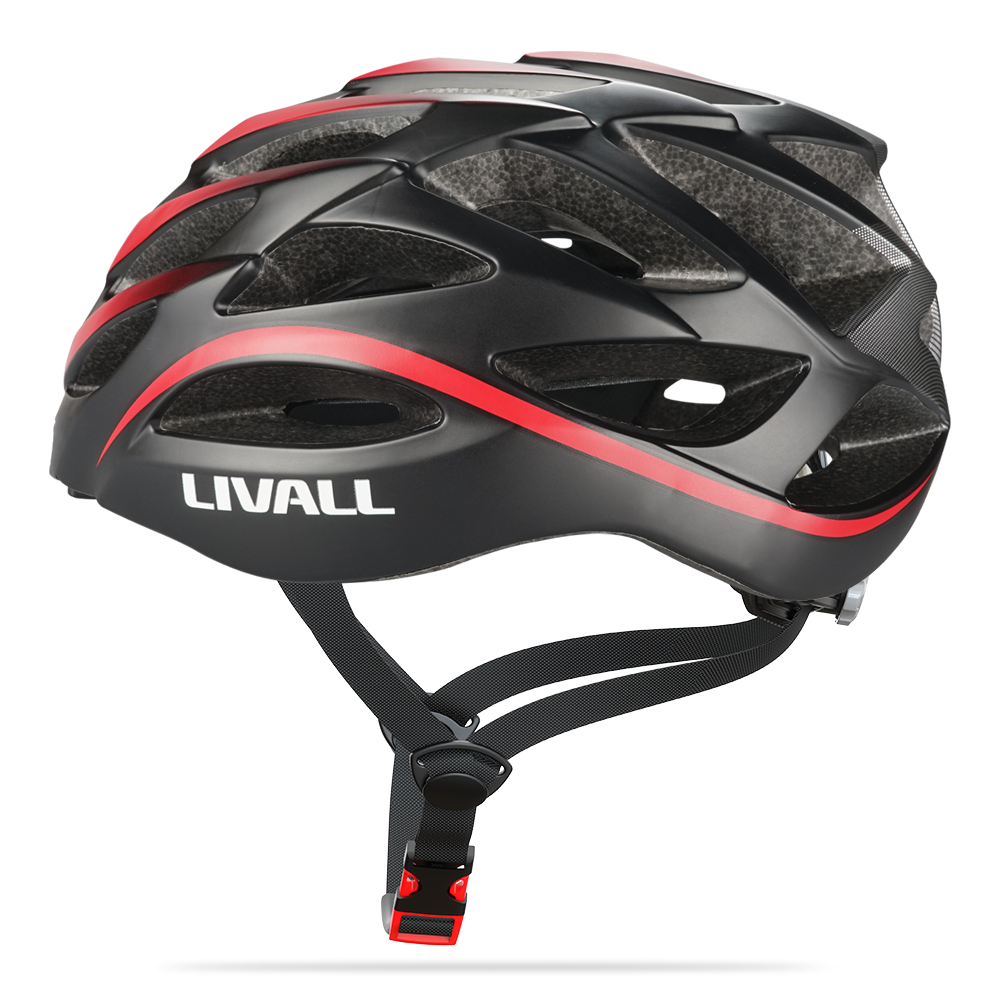
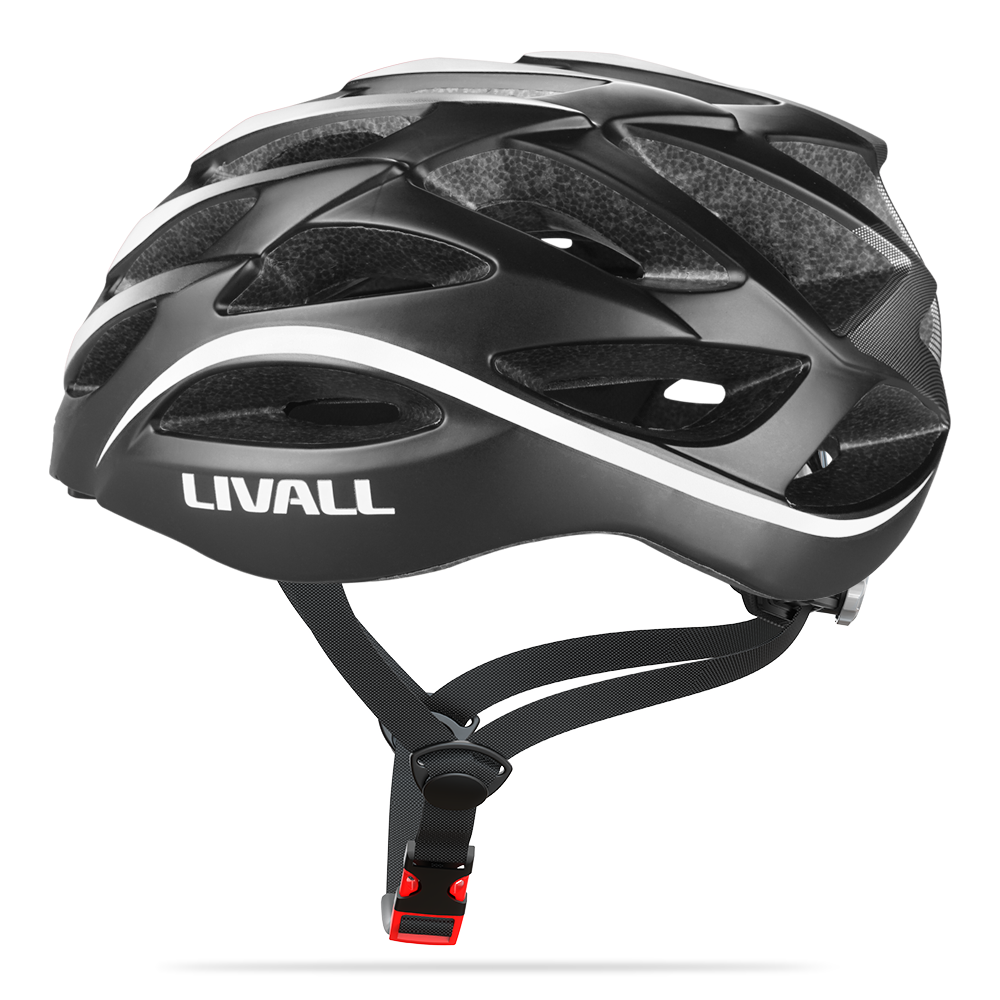
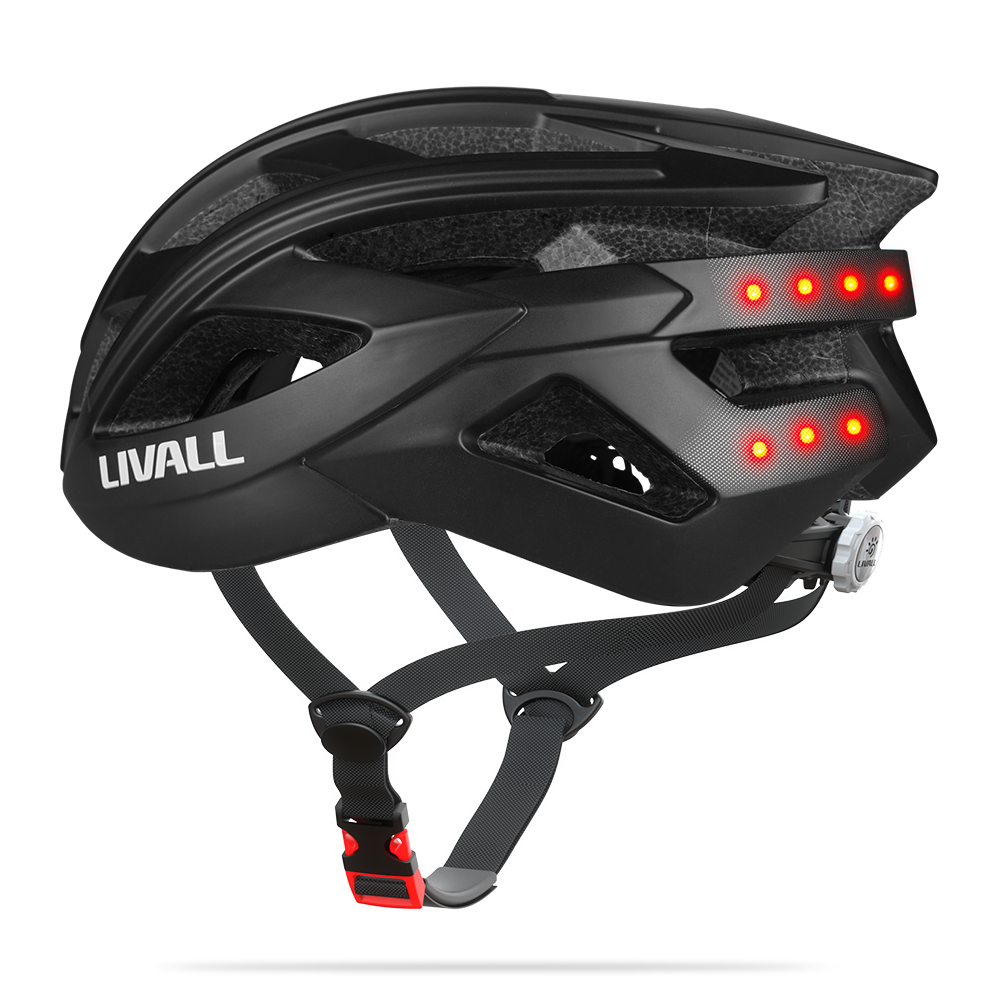
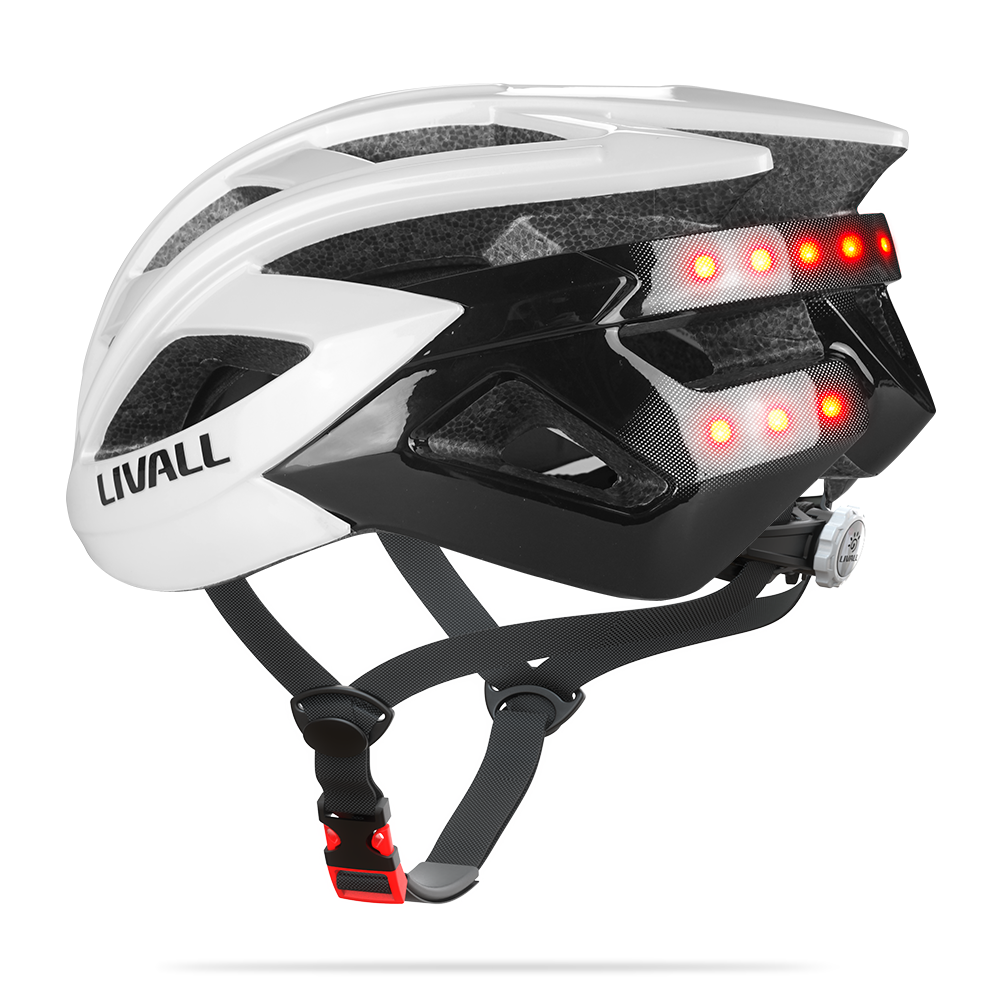
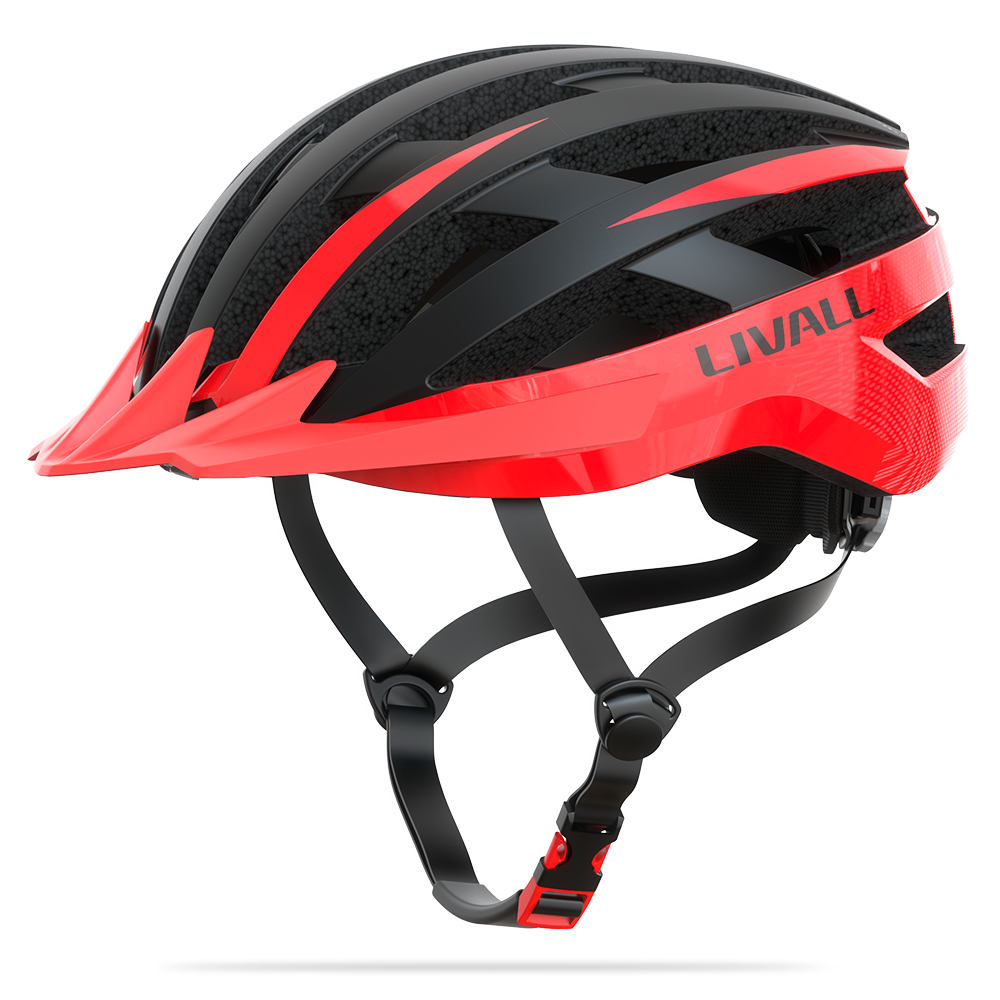
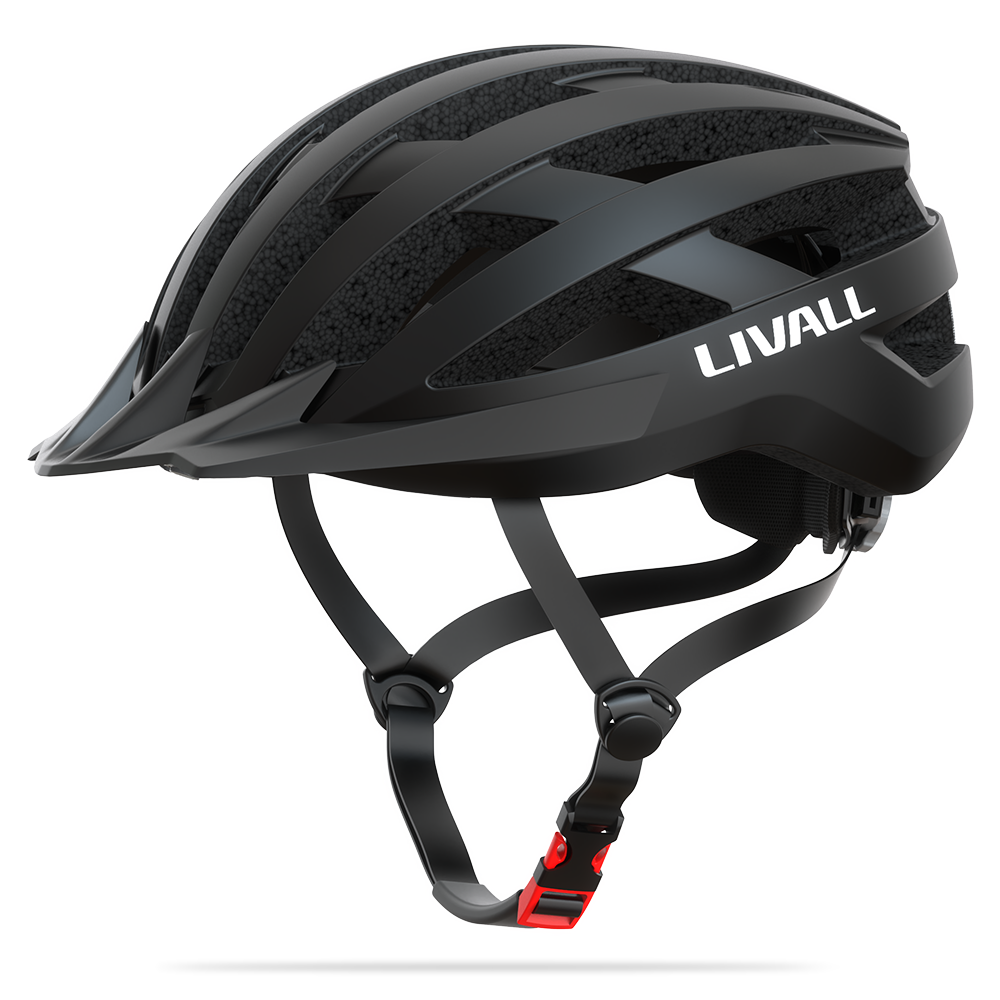
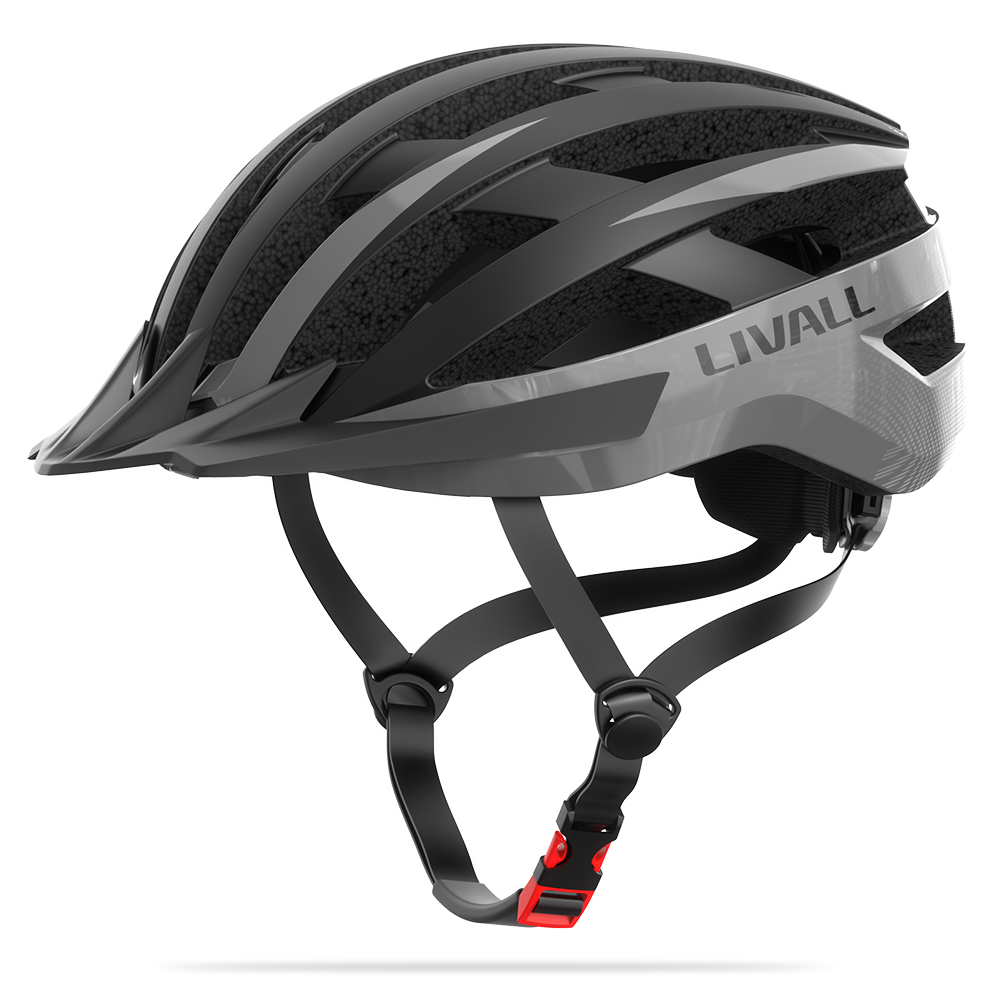
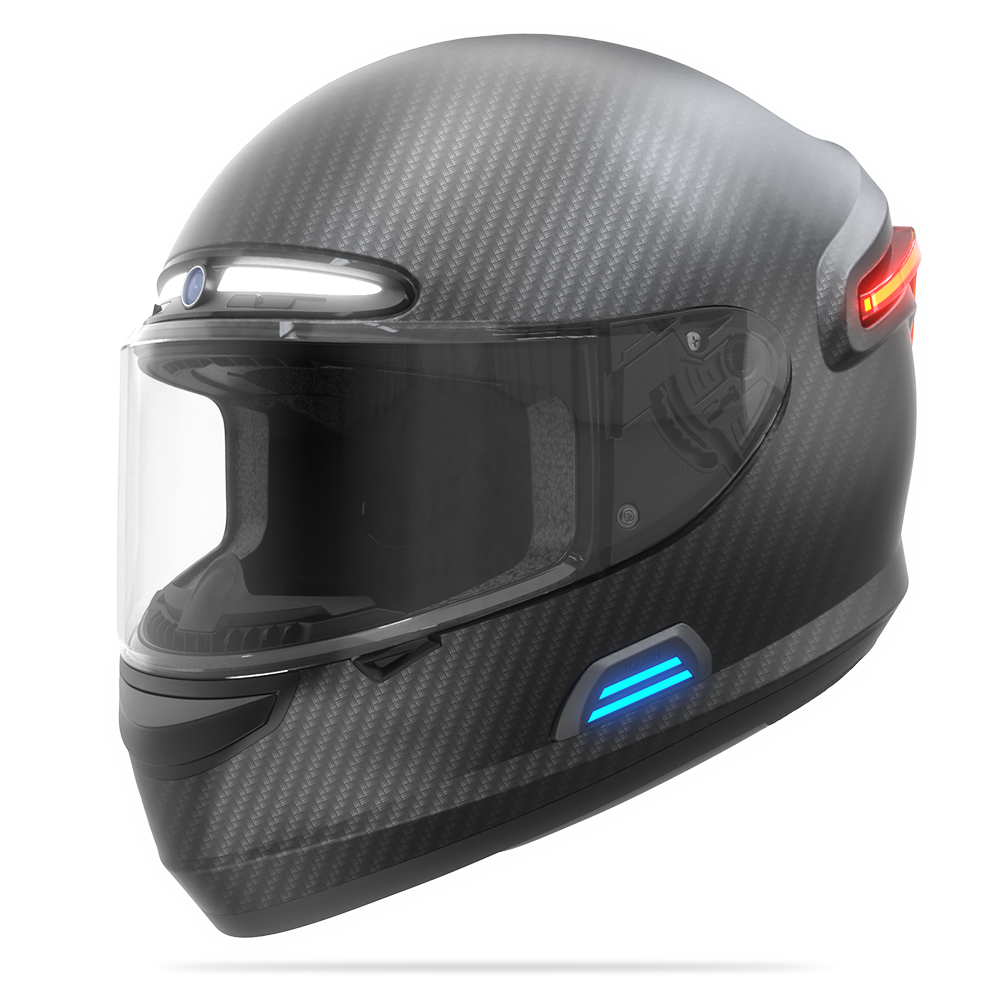
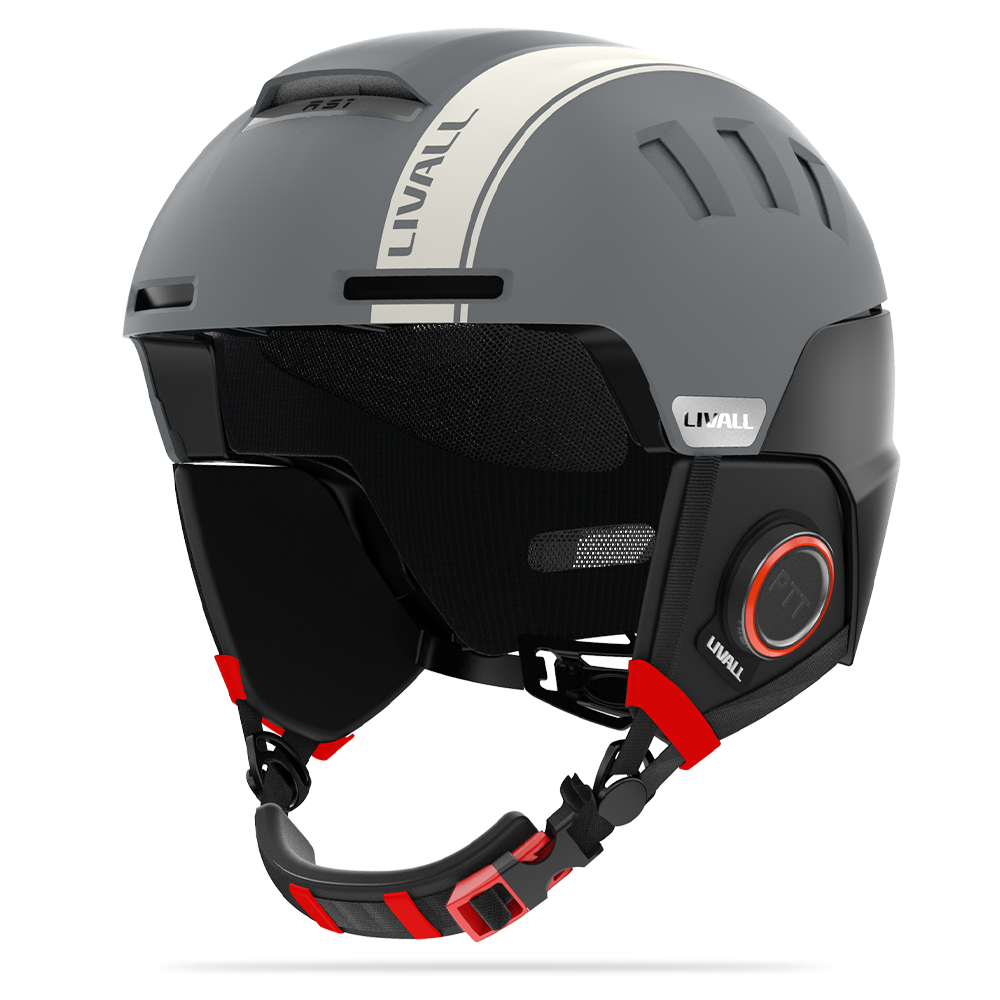











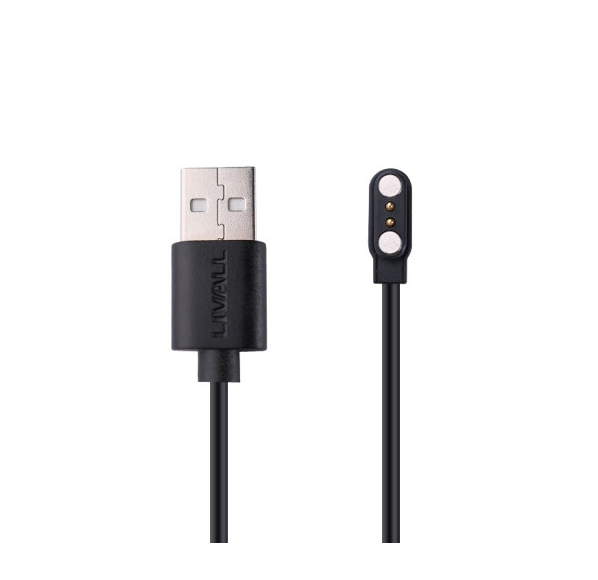









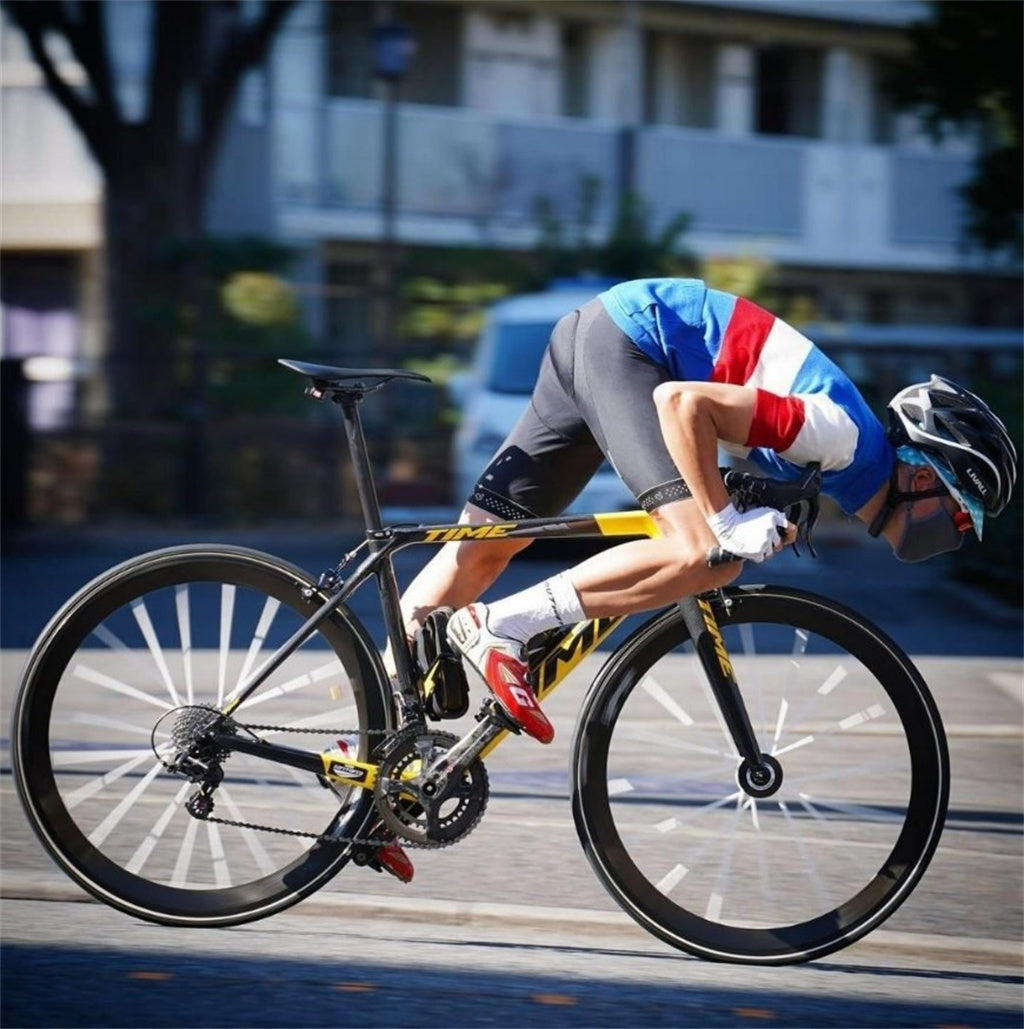
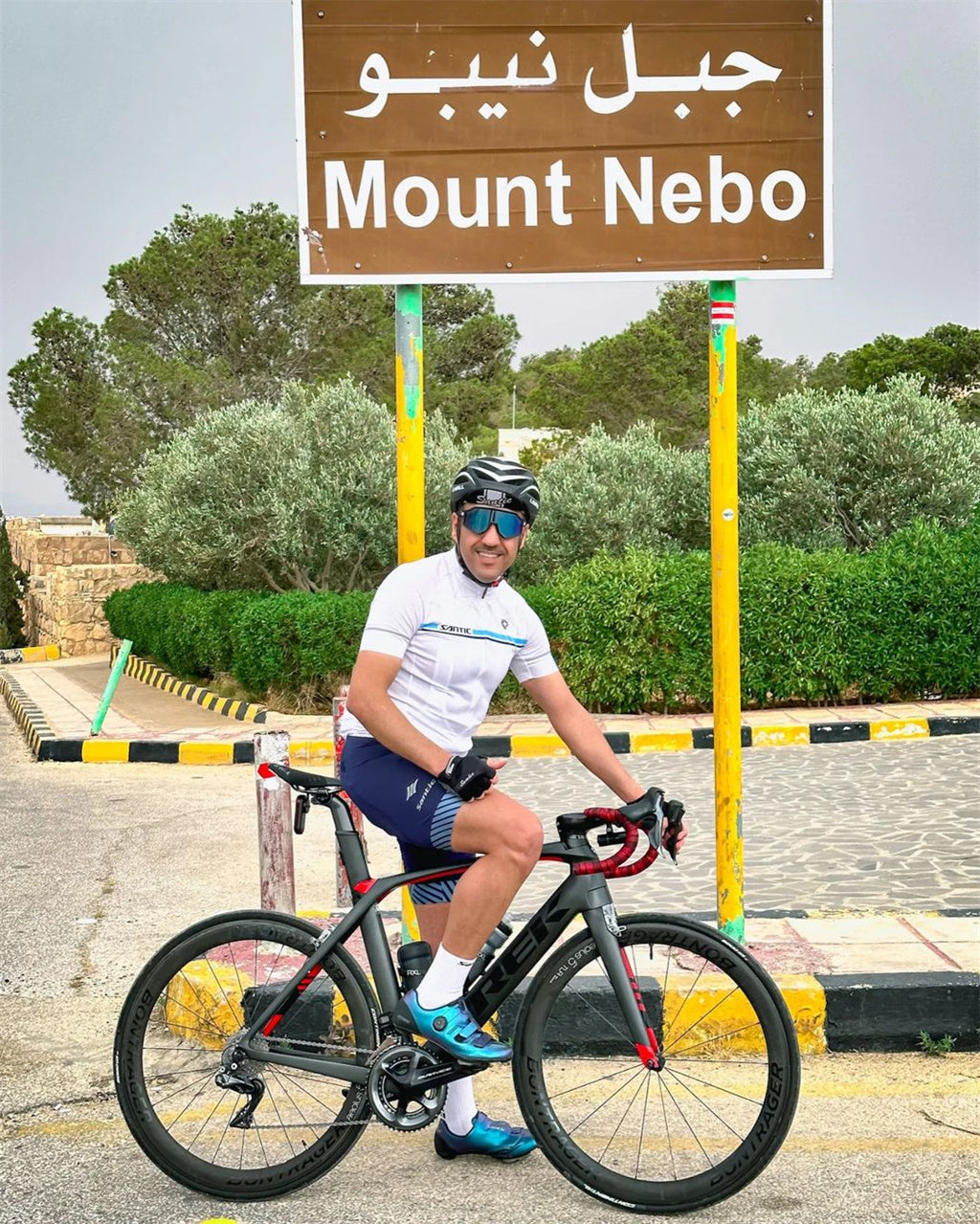
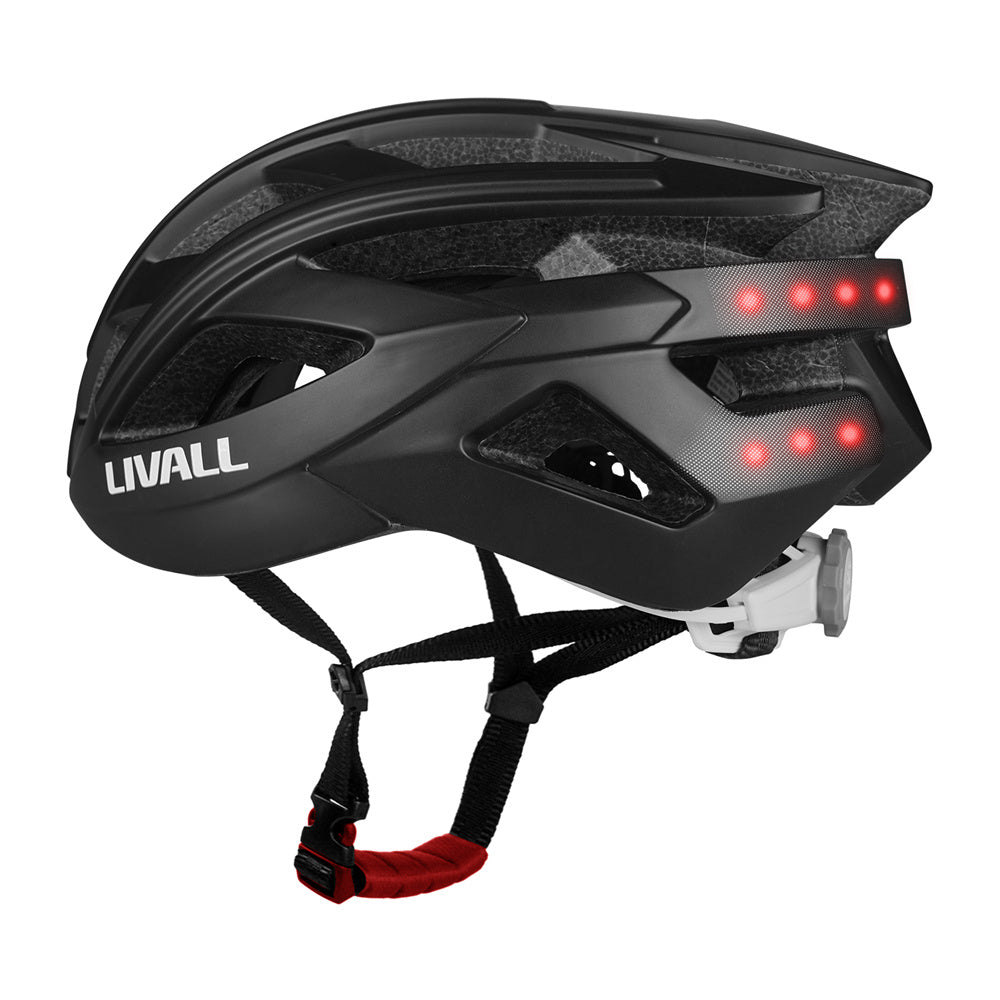
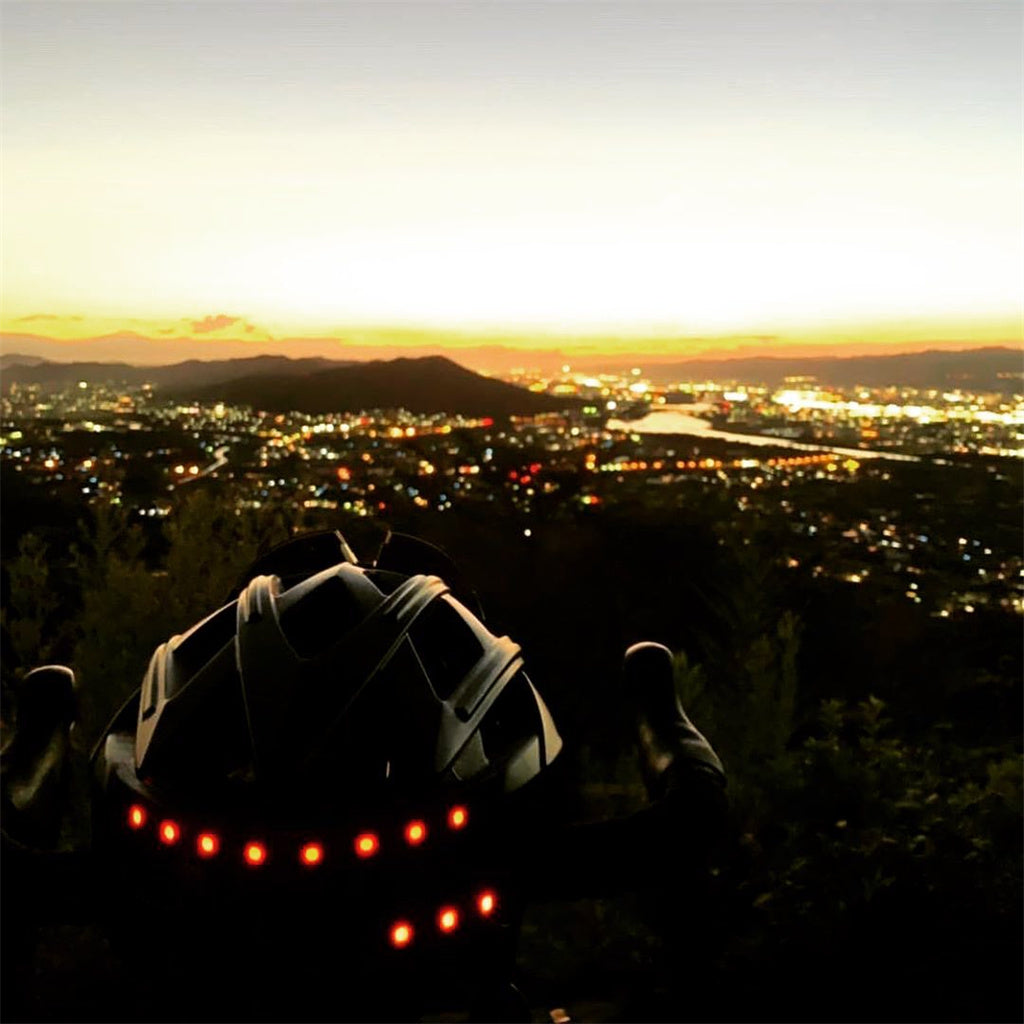









Leave a comment